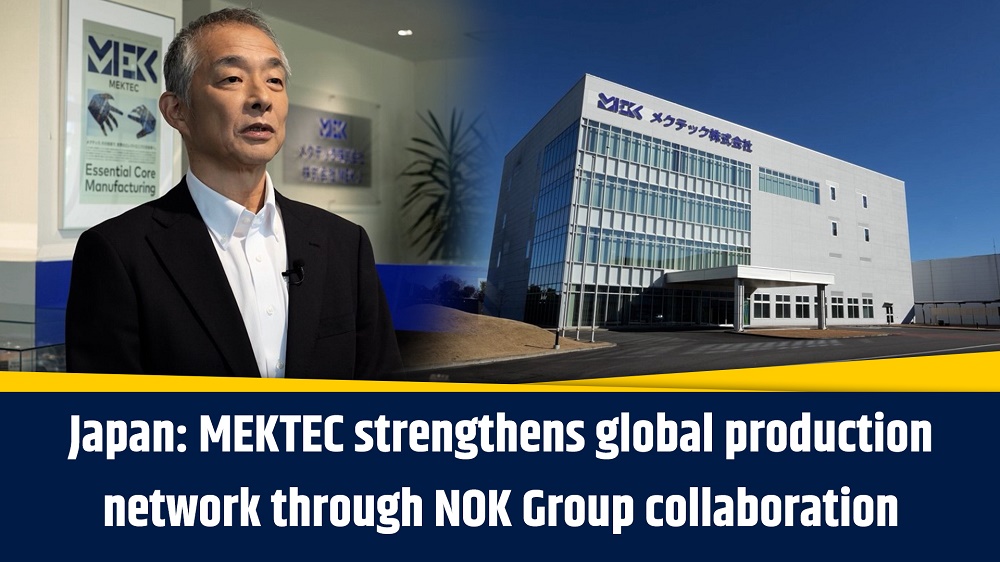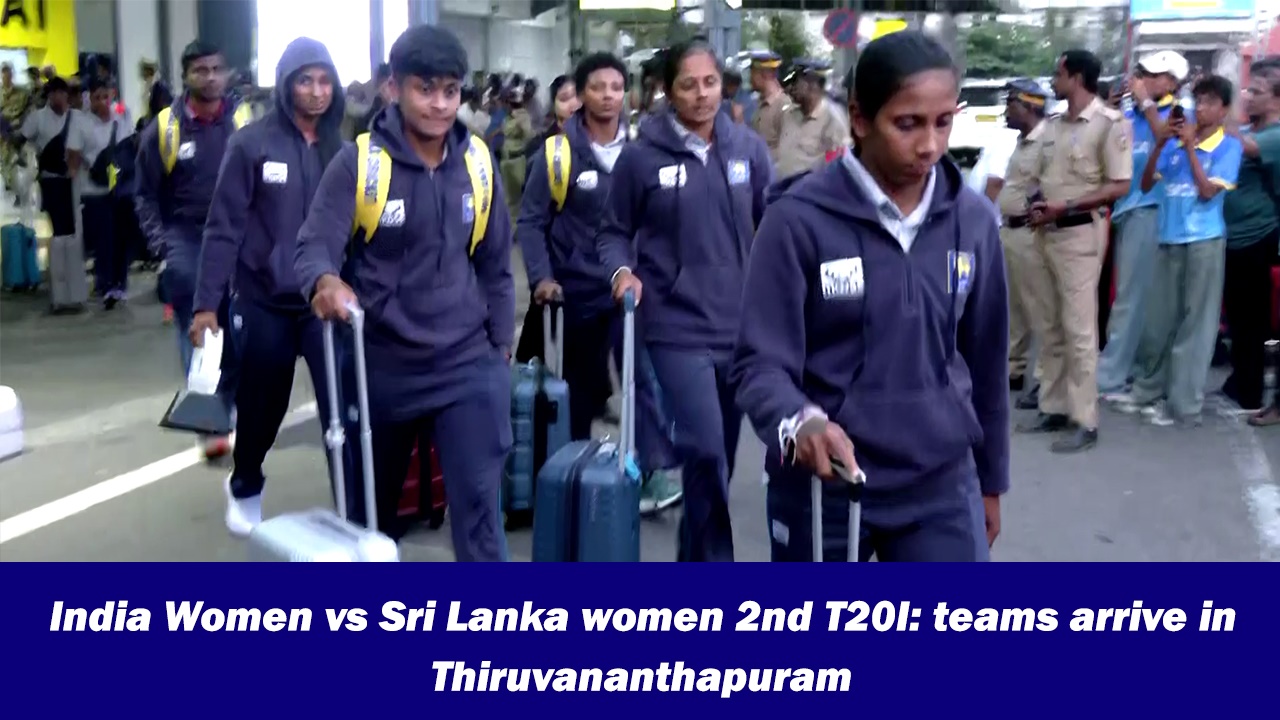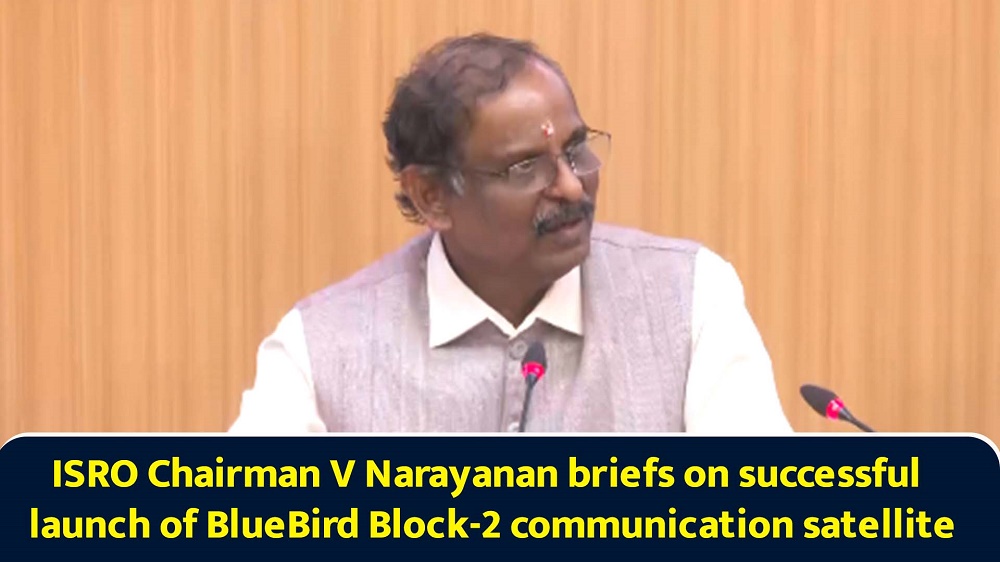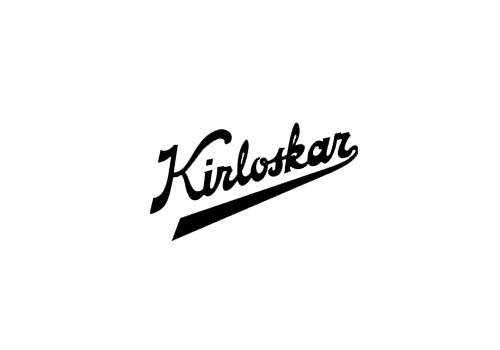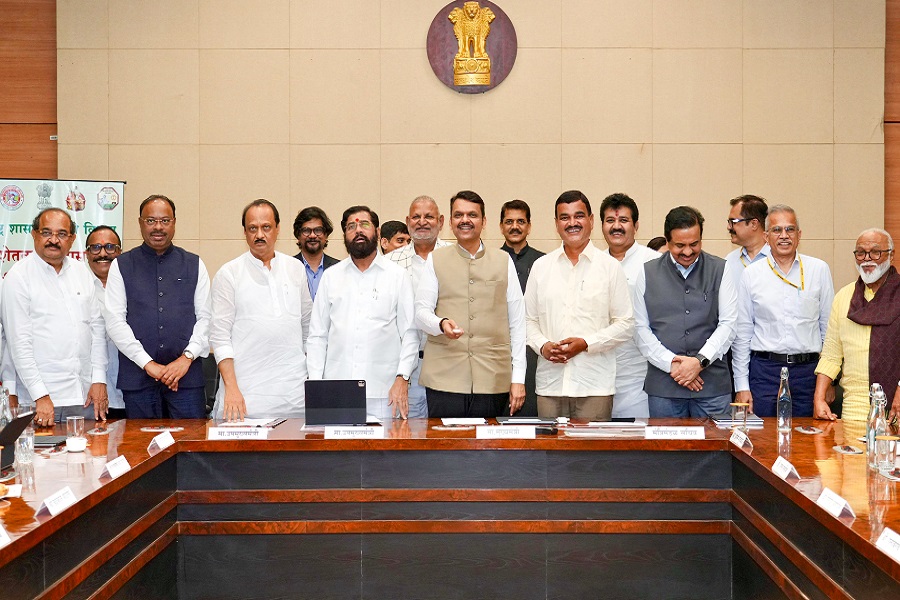Oneclick Logistics India coming with IPO to raise Rs 9.90 crore

Oneclick Logistics India
- Oneclick Logistics India is coming out with an initial public offering (IPO) of 10,00,800 equity shares of face value of Rs 10 each for cash at a fixed price of Rs 99 per equity share.
- The issue will open for subscription on September 27, 2023 and will close on October 3, 2023.
- The shares will be listed on NSE Emerge Platform.
- The share is priced 9.90 times higher to its face value of Rs 10.
- Book running lead managers to the issue is Fedex Securities.
- Compliance Officer for the issue is Komal Khesakani.
Profile of the company
The company is an integrated logistics services and solutions provider. Its services can be broadly categorized as i) non-vessel operating common carrier (NVOCC); ii) ocean and air freight forwarding (Freight Forwarding); iii) bulk cargo handling (Bulk Cargo); iv) custom clearance, for which it has arrangement with third parties who have valid Custom House Agent’s License and v) allied logistics and transportation services.
As an integrated end-to-end logistic services provider, the company offer its customers a single-window solution thereby negating the need to approach multiple service providers at different levels in the chain of logistics services. Its services include container handling, clearing and forwarding, custom clearance, brake bulk handling and brokerage, recovery of all type of claims including custom and insurance, warehousing, distribution and supply chain management, port and terminal operations and container freight station operations. It operates an asset light business model and outsource its infrastructure requirements to third parties. Further, its integrated service model provides it with greater business opportunities from its customers involving wide range of services, contributing to its revenue and profitability. It also benefits from its long-standing relationship with its customers.
The company offer its services in India and its primary focus is to offer these services to importers for importing goods from countries namely China, Europe, Singapore and Malaysia where it has presence through its agency partners. Business arrangements with its agency partners enable it to provide its services in jurisdictions where it does not operate directly. Its agency partnerships also help it in acquiring new business opportunities in India through agency partners who do not have direct operations in India.
Proceed is being used for:
- Meeting incremental working capital requirements.
- General corporate purposes.
Industry overview
India has been the world’s fastest-growing major economy for four of the past five years, due to rising demand for goods and services. The movement of goods across the country and beyond its borders has created economic opportunities for millions of India’s citizens. Today, the logistics sector represents five percent of India’s Gross Domestic Product (GDP) and employs 2.2 crore people. India handles 4.6 billion tonnes of goods each year, amounting to a total annual cost of INR 9.5 lakh crore. These goods represent a variety of domestic industries and products: 22 percent are agricultural goods, 39 percent are mining products, and 39 percent are manufacturing-related commodities. Trucks and other vehicles handle most of the movement of these goods. Railways, coastal and inland waterways, pipelines, and airways account for the rest. Recognising the critical role of the sector in the country’s future, the Government of India (GOI) is pursuing a range of actions to improve its logistics performance. These include the development of dedicated railbased freight corridors, improvements to the capacity and connectivity of coastal and inland water-based shipping. It is also looking at the buildout of road infrastructure projects such as Bharatmala and the Golden Quadrilateral, and the creation of supportive policies.
India’s logistics sector comprises over 10,000 types of products and has a market size of Rs 11 lakh crore. It is expected to grow to a market of Rs 15 lakh crore by 2022. Currently, commercial activities in India generate about 4.6 billion tonnes of freight annually, which results in over three trillion tonne-km of transportation demand at a cost of Rs 9.5 lakh crore. This demand for freight transport has been rising as the population has grown and standards of living have improved, leading consumers and business to demand and consume more goods. As national freight activity grows about five-fold by 2050, India’s freight transport ecosystem has a critical role to play in supporting India’s ambitious priorities. Some of these include international competitiveness, job growth, urban and rural livelihoods, and clean air and environment. As products are made, they move along a supply chain until they reach the consumer. To move those goods, the logistics sector combines vehicles and warehouses, all of which are selected to efficiently move and process them. The types of vehicles and storage facilities selected are typically based on the type of goods being moved and the distance over which they are being moved. This process of supply chain managers efficiently deploying and using a set of vehicles and warehouses to move goods through the production process to their final use by consumers is critical to the wellbeing of communities and economies.
Pros and strengths
Diversified customer base: The company offers a range of logistic and related services, making it a one stop logistics solution for customers. In addition to the regular logistic services, it also provides value added services to enhance its appeal to customers. Such range of services gives its customers the comfort of outsourcing a substantial quantum of their logistics management to it. Its customer base spans many sectors, including automotive and heavy engineering, telecom, food and agro, fast moving consumer goods (FMCG), paint etc. Its large client-base across various industry verticals has enabled it to cross-leverage the know-how and best practices that it has acquired from its experience with a set of clients across a wider spectrum of clients. It has a diversified customer base in each of the sectors it serves.
Comprehensive solution for logistics requirement: As an integrated end-to-end logistic services provider, the company offers its customers a single-window solutions thereby negating the need to approach multiple service providers at different levels in the chain of logistics services. Its services include container handling, clearing and forwarding, custom clearance, brake bulk handling and brokerage, recovery of all type of claims including custom and insurance, warehousing, distribution and supply chain management, port and terminal operations and container freight station operations. Its business development and solutions are dedicated to, and specialize in, designing customized integrated logistics solutions for its clients, which have helped improve service levels, cost, quality, scalability and visibility of its clients’ supply chain.
Existing Supplier Relationship: The company’s existing supplier relationship protects the business with terms of supply and pricing of the products, the quality of the products offered etc. The company, being a small and medium size organization, rely on personal relationships with its suppliers. The company enjoys existing relationship with its suppliers. Further, it also leverages the past experience of its management in maintaining effective supplier relationship.
Risks and concerns
Operates in highly competitive industry: Whilst the company does have listed peers in India, its different business verticals have respective competitors. The NVOCC, freight forwarding, custom clearing, bulk cargo businesses and allied logistics transportation services are competitive to different extents. Logistics industry is highly competitive which manifests in extremely competitive freight rates. While the company leverages its scale with both customers and carriers to secure the best freight rates it cannot guarantee that it will be able to continue securing the best freight rates, nor can it form a view on the future competitive pressures that may influence freight rates. Freight rates are extremely dynamic and depend among others on factors like volume of cargo between origination and destination, availability of carrier space to ship cargo, operating cost of carriers which significantly depend on the cost of fuel, availability of containers and port specific factors like congestion, labour strikes, operational effectiveness of ports, availability of infrastructure. These factors are out of its control and any adverse change in these factors can have an adverse impact on its operations and financial performance.
Dependent on third party carriers and inland transportation companies: The company operates on an asset light model which provides it the flexibility to use the best mode of transportation to serve its customers. However, as a result of this strategy it relies on commercial ocean freight carriers, airlines and inland transportation companies, for the movement of its client’s cargo. Consequently, the company ability to provide services for its customers could be adversely impacted by availability and the financial condition of carriers, airlines and transportation companies, their decision to operate in a particular geography or at a particular scale and consequent shortages in available cargo capacity, changes in their policies and practices such as scheduling, pricing, payment terms and frequency of service or increases in the cost of fuel, taxes and labour, and other factors not within its control. Reductions in ocean and air freight carrier capacity could negatively impact the cost at which it procures these services which it may not be able to pass on to its customers.
Dependence on third-party vendors: The company cannot assure that it will be able to obtain access to preferred third-party vendors for its warehousing space, vehicles or at attractive rates or that these vendors will have adequate available capacity to meet the company’s needs or be able to meet its requirements in a timely manner. Further, if it is unable to procure the services of third-party vendors in response to increased demand from its customers, it may be compelled to make or seek out costlier or lower quality third-party vendors to meet its needs. Any inability to secure leased spaces, equipment, vehicles or on attractive terms could have an adverse effect on its business, financial condition and results of operations.
Outlook
Incorporated in 2017, Oneclick Logistics India is an integrated logistics services and solutions provider. The company's service list can be broadly categorized as Non-vessel operating common carrier (NVOCC), Ocean and air freight forwarding (Freight Forwarding), Bulk cargo handling (Bulk Cargo), Custom clearance and Allied logistics and transportation services. The company has a diversified customer base across sectors in India, including automotive and heavy engineering, telecom, food and agro, fastmoving consumer goods (FMCG), paint etc. Over the years, it has nurtured its capabilities and specialized in the end-to-end pickup, clearance and delivering for all kinds of heavy and over dimensional cargo. On the concern side, the company incur significant costs in procuring cargo space from ocean and air carriers, as well as providing or arranging for land transportation services. Freight and transportation costs are significantly affected by a variety of factors, including fuel prices, the imposition of, or increases in various taxes including import or export taxes, vehicle taxes and duties, the supply and demand of cargo carrying space on transportation carriers like ocean vessels, aircraft and road transport vehicles, and other factors, many of which are beyond its control.
The company is coming out with a IPO of 10,00,800 equity shares of Rs 10 each at a fixed price of Rs 99 per share to mobilize Rs 9.90 crore. On performance front, the company’s total income increased by 164.18% to Rs 3520.95 lakhs in Fiscal 2022 from Rs 1322.79 lakhs in Fiscal 2021. Its Profit for the year increased by 27.36% to Rs 129.69 lakhs in Fiscal 2022 from Rs 101.83 lakhs in Fiscal 2021. Meanwhile, apart from expanding business and revenues it has to look for areas to reduce costs and achieve efficiencies in order to remain a cost competitive company. Its focus has been to reduce the operational costs to gain competitive edge. Its emphasis is on scaling of its operations in other markets which shall provide it with attractive opportunities to grow its client base and revenues. This gives its clients flexibility and scalability in their operations along with cost efficiencies.



